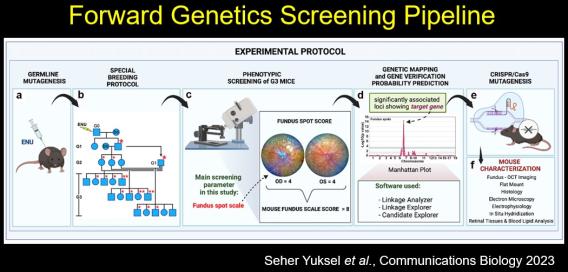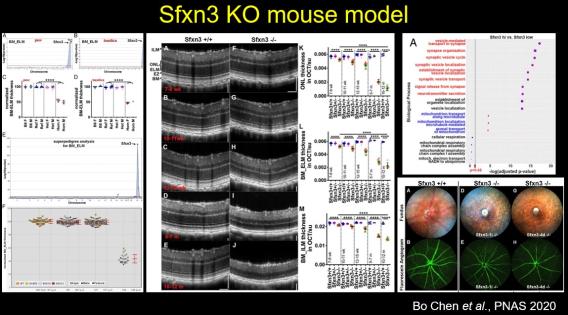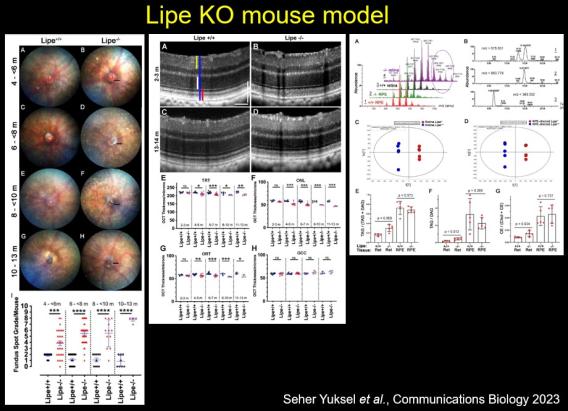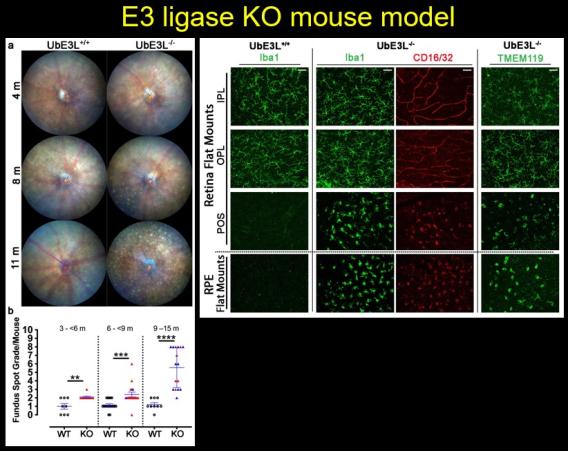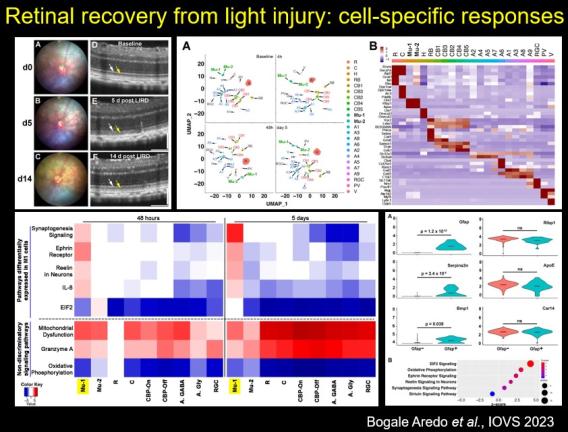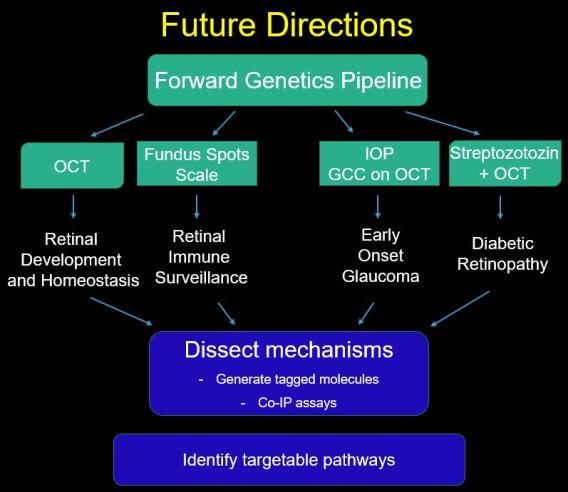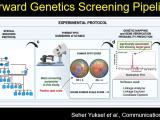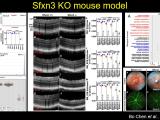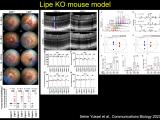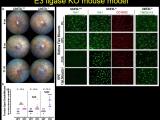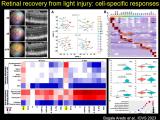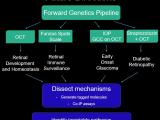As a retina specialist and physician-scientist, I am interested in understanding the pathogenesis of retinal diseases. I currently spend about half of my time in clinical endeavors in vitreoretinal surgery and devote half of my time to basic research.
Research Interests
- My laboratory has generated a mouse model of early dry AMD based on the known association of the genetic variants in complement factor H.
- We have also developed a simple new model of light induced retinal degeneration that is effective in mice expressing the 450 Met variant of RPE65 (like mice on a B6 background). We have shown that this model is mediated by oxidative stress and that it can serve as a model of retinal recovery from injury. We have been using it to investigate the cell specific response of the retina to sublethal injury using single cell RNA sequencing.
- We are currently collaborating with Nobel laureate Dr. Bruce Beutler to exploit a state-of-the-science forward genetics pipeline to search for essential and non-redundant genes involved in retinal development and homeostasis, and in immune surveillance and activation. The long-term goal is to identify, and understand mechanistically, molecular pathways that could be targeted therapeutically. We have generated and are characterizing multiple mouse models of retinal degeneration.
- We have recently proposed to extend our gene and pathway discovery work to early-onset glaucoma, a group of diseases that are known to have a strong genetic basis, but for which only a small number of causative genes have been identified.
